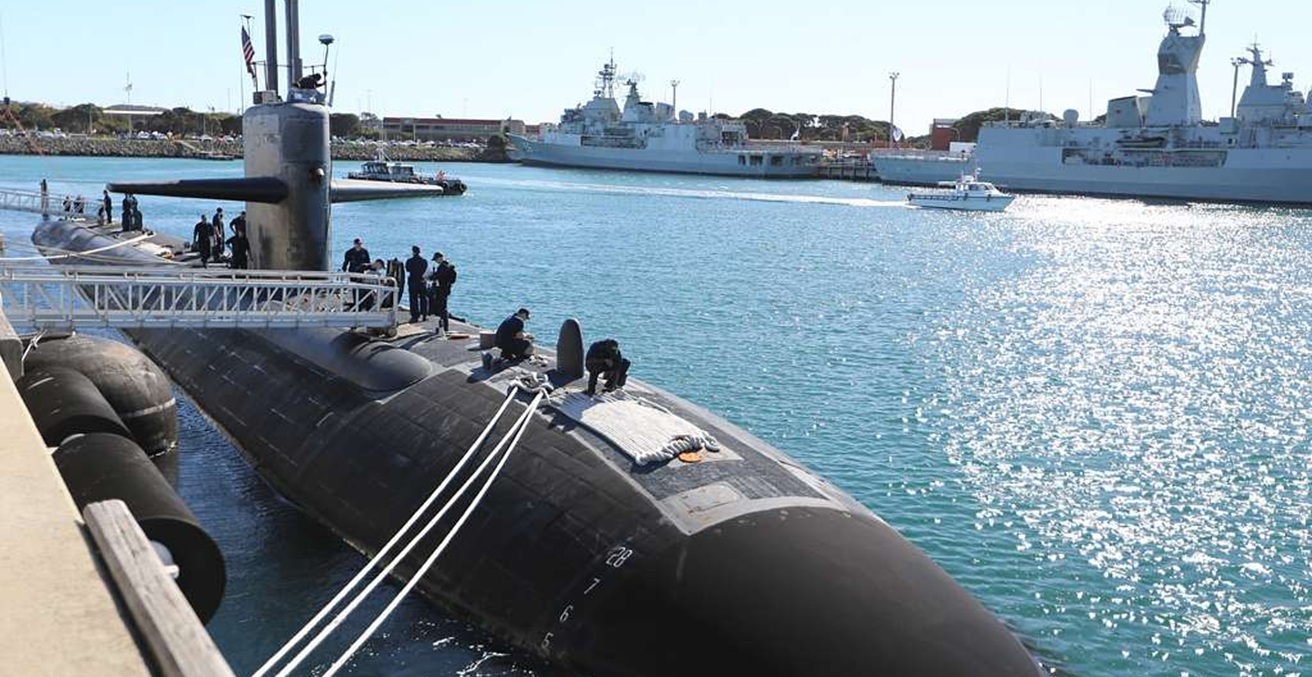On 17 December Bhutan celebrated its National Day. But while its location gives the country an other-worldly landscape, its position in the strategic rooftop of the world places it between two growing—and ambitious—powers.
Deep down in the archives of the Vatican one morning, whilst on an ambassadorial familiarisation tour, I was taken to the fourth level below ground in search of a particular letter written in 1627.
Meticulously laid-out shelves containing manila boxes as far as the eye could see had thankfully been revamped and catalogued in the 20th century by Jewish historians who had been granted residency and hidden away in the Vatican City during the dreadful Nazi occupation of Rome.
In no time, the director found the ‘Bhutan’ box and there was the 1627 letter from a Jesuit priest, Father S E Cacella SJ, affirming the existence of a separate community and nation back then with the town of Paro in the Paro Valley surrounded by crops of “very promising wheat and rice”. In a firm hand, Father Cacella recorded: “The country [of Bhutan] is very rich in corn, rice and cattle—there is an abundance of fruit, many kinds of pears first of all, then peaches, apples, walnuts and quinces.”
The then-ruler, Zhabdrung Ngawang Namgyel (1594 – 1651) welcomed the two Jesuits and much information was exchanged before the Jesuits decided to go over the top of the Himalaya and enter Tibet.
Bhutan continued to evolve with a series of treaties between Bhutan and the British-Indian government, some lopsided in favour of unrestricted logging of Bhutan by that paragon of unethical behaviour, the British East India Company.
On 17 December 1907, key Bhutanese elected a hereditary monarch Gongsar Ugyen Wangchuck and then crowned him as first Druk Gyalpo or King of Bhutan. A 1910 treaty between the British and Bhutan affirmed Bhutan was an independent nation-state.
We are now up to King Jigme Khesar Namgyel Wangchuck, the fifth direct descendant after the wise fourth king voluntarily abdicated in 2008. Today, Bhutan is a successful democratic constitutional monarchy with a two-house parliament, but it lies between two rising regional giants.
India
Over the years, India has sought to have a dominant relationship over Bhutan with some specified responsibilities for external affairs. This sits awkwardly with the fact that Bhutan is a full-voting nation-state member of the United Nations since 1971, with a new constitution since 2008.
Many senior Indian military officers are rather patronising and dismissive of Bhutan as a domino to be used. For years, India maintained an outpost right alongside the main runway at Paro International Airport, noting closely all movements.
It still maintains an Indian army camp in the Haa Valley, not that far from Doklam Plateau. To be fair, the base is used to assist Bhutanese army training but it remains a substantial base regardless.
There is no doubt India calls many regional shots across the Himalaya. The added difficulty is there are inexact boundaries between India and China, as well as Bhutan and China, which are all still the subject of ongoing slow-moving negotiations.
China
To the annoyance of many, including some in the Department of Foreign Affairs and Trade, whenever I went to Beijing before and during my period as deputy prime minister, I raised the question of progress with the boundary negotiations between China and Bhutan, always adding carefully so the translation would not be missed—in respect of the sovereign independent nation-state of Bhutan.
Eventually, China prepared briefs for their interlocutors so they were ready for my Bhutan question at the end of each meeting, always stating they had good peaceful relations with Bhutan and negotiations over boundaries were proceeding in a friendly way.
Sadly, no firm agreement has been reached after 24 sessions of negotiations and there is a big gap over exactly where the correct boundary is in the north and west sectors of Bhutan, which adjoin the part of China known as Tibet. Part of the problem is that the highest point of the Himalaya is not the watershed boundary, for example the Mekong River that flows south through Laos, Thailand and Vietnam, rises in Tibet.
The Doklam Plateau dispute
As the 9th BRICS Summit unfolded in China earlier this year, an early dividend was the withdrawal of Indian troops from the Doklam Plateau of the Kingdom of Bhutan, near the vital Sikkim Gap. A potential red-hot conflict up in the Himalaya was fixed by vital diplomacy involving superb timing. What could have led to bloodshed was fixed, essentially by the decreed priorities of the Chinese Belt and Road Initiative.
A tense stand-off had developed between local road-building engineering Chinese army units and Indian army units rushed to an area that some observers recognise as belonging to Bhutan. There was some stone-throwing and even threats of an all-out resumption of war in the Himalaya, but diplomats swung into action.
The BRICS group of nations summit was looming just days ahead, and Indian Prime Minister Narendra Modi was due to fly to China to attend, with negotiations on economic linkages expected. These proved to be the factors that caused Indian troops to be ordered back off the Doklam Plateau and the Chinese to state they would take no provocative action but seek to maintain a kind of status quo.
Bhutan issued an official statement in the wake of the easing of tensions, welcoming the disengagement and seeking peace:
“Bhutan welcomes the disengagement by the two sides at the face-off site in the Doklam area”, the foreign ministry stated in a press release today. “We hope this contributes to the maintenance of peace and tranquillity and status quo along the borders of Bhutan, China and India in keeping with the existing agreements between the respective countries.”
There is a grand bargain mentioned that could resolve all the issues in this strategic rooftop of the world but for now, a dubious status quo continues. The two big players must accept that Bhutan is independent and is a sovereign nation-state that should be respected. It is not a pebble to be wedged in the entangled toes of the two giants.
The Hon Tim Fischer AC is a former deputy prime minister of Australia and was Australian envoy to Bhutan.
This article is published under a Creative Commons Licence and may be republished with attribution.




